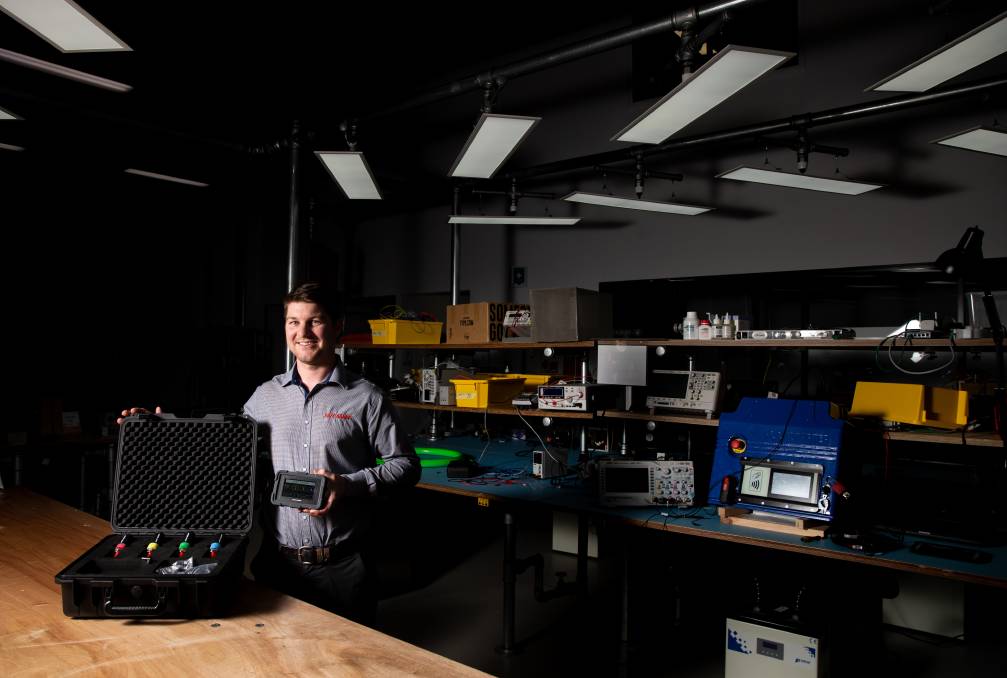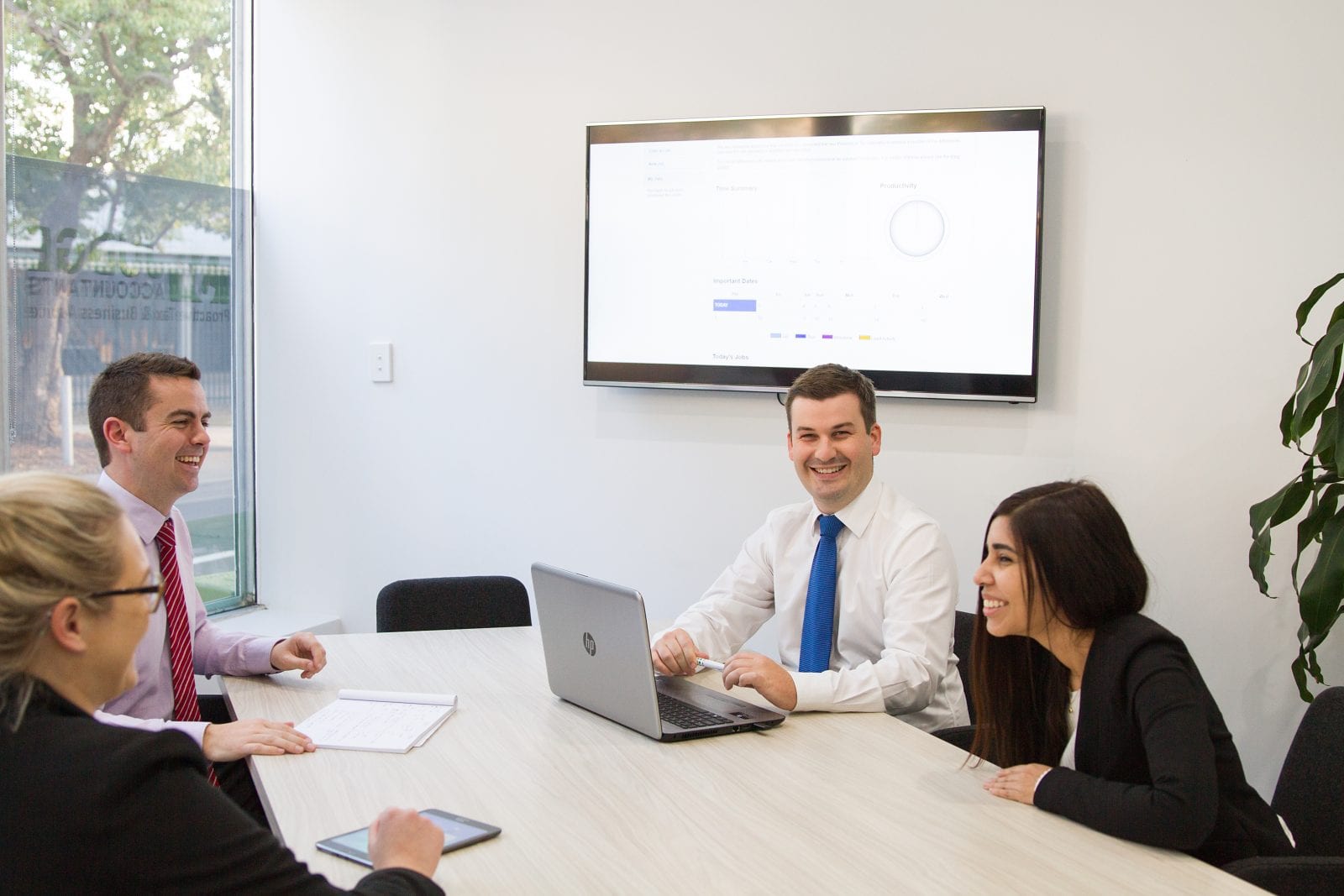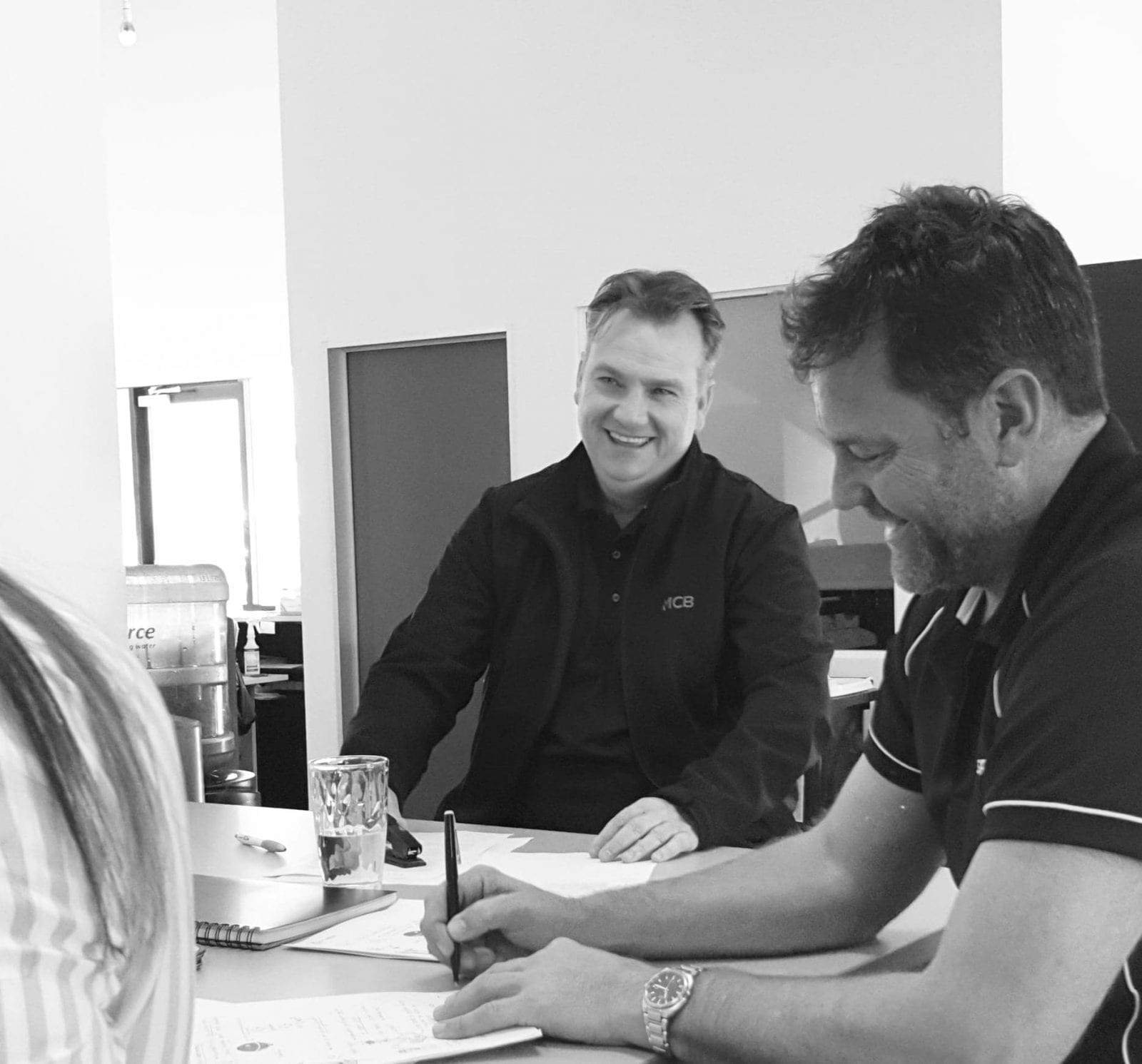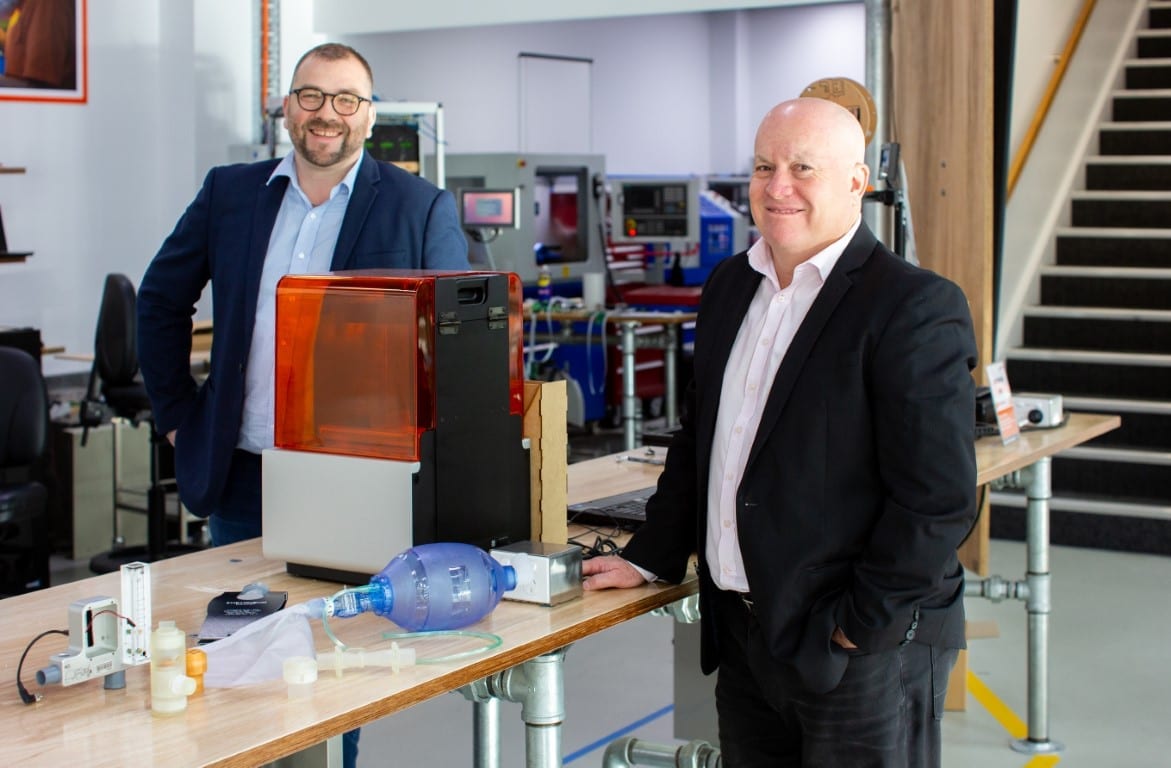Alicia Edge is an innovative entrepreneur, advanced sports dietitian and co-founder of a world-first technology platform Compeat Nutrition. We managed to catch up with this busy dynamo and find out more about her incredible business.
-
Tell us a little about Compeat Nutrition for anyone out of the loop.
We are a tech startup from Newy that arose out of a need to revalue both the nutrition profession and how nutrition is delivered into the lives of people. We initially set out focused on the sports performance space, but it didn’t take long for us to realise that performance is something that we all want to achieve – whether that be performance with increased energy, focus, decision making, mood or sports. So our impact is now reaching beyond the professional athletes and into the everyday health of individuals, athletes and corporates (which is something we have envisioned for a while now, so it feels surreal to see it in action!).
-
What is it that your team does?
Our team is a crew of spectacular and diverse humans. We may all come from very different sporting, career and skill backgrounds, but collectively we are all moving towards an epic vision with a word that comes up frequently in the office – impact.
We hold the person front of mind to support nutrition changes toward achieving who they want to be – whether that be more confident with food choices, more (positively) in control of their environment, and progressing toward their best self with increased energy, improved mood, better sleep and increased confidence.
Behind the scenes, this looks like a whole lot of tech building to support an improved user experience and increased efficiencies to enable scale; a team of Sports Dietitians working with both our B2B & B2C users; and a strategy that is founded upon achieving a solution that holds the wellbeing of our clients as the critical piece and our differentiator.
What was your mission at the outset?
At the outset, I don’t think Dan (our Co-Founder) or I realised what we were creating. We were accidental start-up founders that were initially aiming to solve an industry problem. However, once realising we were also solving a population issue, our mission extended well beyond digitalising, and instead became focused upon revaluing and elevating the impact of nutrition in the lives of people.
-
You’re very active and comfortable on social media or presenting at events or presentations. Do you consider yourself a bit of an extrovert or do you have to dig deep to seek confidence when delivering your message?
I have definitely not always been as comfortable as I am in front of people or the camera – and even still I wouldn’t say it is comfortable! Daily I am well outside my comfort zone and battling imposter syndrome frequently. However, my discomfort is outweighed by the bigger purpose of Compeat. If I can step up and hold a space and a voice for individuals or athletes that don’t yet have the confidence or safety to do so themselves, then it is absolutely worth it. I cannot demand vulnerability and change from our clients if I too am not living that myself.
-
To what do you attribute your success?
Success. It’s such an ever evolving term right!? Over the years of being uncomfortable, in a no doubt risky option when it comes to career and security, I have had to do a lot of self-growth in realising that we are the ones that get to define our success – and what that means to feel, rather than be.
Our success isn’t defined by money or possessions, it is defined by the values we hold, the obsession for change we hold and forever recognising that there is always opportunity for progress. Our success to date is nowhere near our vision of impact, and it has not been without extremely tough decisions, heartbreak, doubt and mistakes.
Having a team that is aligned and equally obsessed has meant our vision has withstood the tough times by being met with an openness to change and adapt as needed – to continually evolve (and swallow pride at times!).
Success to us is defined by holding the privilege in living daily toward our larger purpose of impact; living a life that is an integrated mess of family, fun, obsession and progress; and enjoying the connections made with so many like-minded people with the same values toward changing lives – whether that be through nutrition or other means.
-
What is unique about your business?
Our people. Having an idea or vision is a critical step, but the hardest part is turning that vision into an action. Our team, and their ability to plan, react, adapt and think beyond the norm, are what makes what we are doing so much more than your average.
What is the biggest challenge you have had to overcome as a small business owner?
To some, this is likely going to sound weird, but I personally never envisaged this as my career path. However, with such a gap in the market, it was a matter of pursuing this concept and learning (a lot!) as we went. Tears, stress and breakdowns included! The biggest challenge has been becoming comfortable in the uncomfortable, accepting that mistakes were a necessary part of the territory, and allowing all the feels of hard decisions while trying to remove the self judgement that can creep in with them!
-
What led your business to Dashworks?
We loved having the opportunity to honour our business growth to move outside of our home granny flat and into a location that not only had the space, but also an inclusive culture with a diverse range of individuals all doing amazing things! Without the stress of setting up an office from scratch (and all the admin that comes with that!), we were able to make the decision confidently and quickly to meet the quickly changing demands of our small (but mighty!) startup!
-
How are you finding being a member of the Charlestown community?
Honestly loving it! It has been a transition personally to find a new groove after working from home so long (logistics of work plus kids plus household jobs!), but it has been a great step to separating family and home life a little – as I am sure that all business owners can attest, those lines can get very blurry!
**
Founded by wife and husband team, Alicia and Dan Edge, Compeat was born out of a performance dietitian’s frustration and an engineer’s determination, both focused on fixing the challenge for building long-term, positive behavioural change and client success.
Together, they’ve created a revolution.
If you are you looking for a dynamic workspace where your business can thrive, why not give Dashworks a try? Join over 120 other professionals and entrepreneurs – book your free 5-day trial here.




















